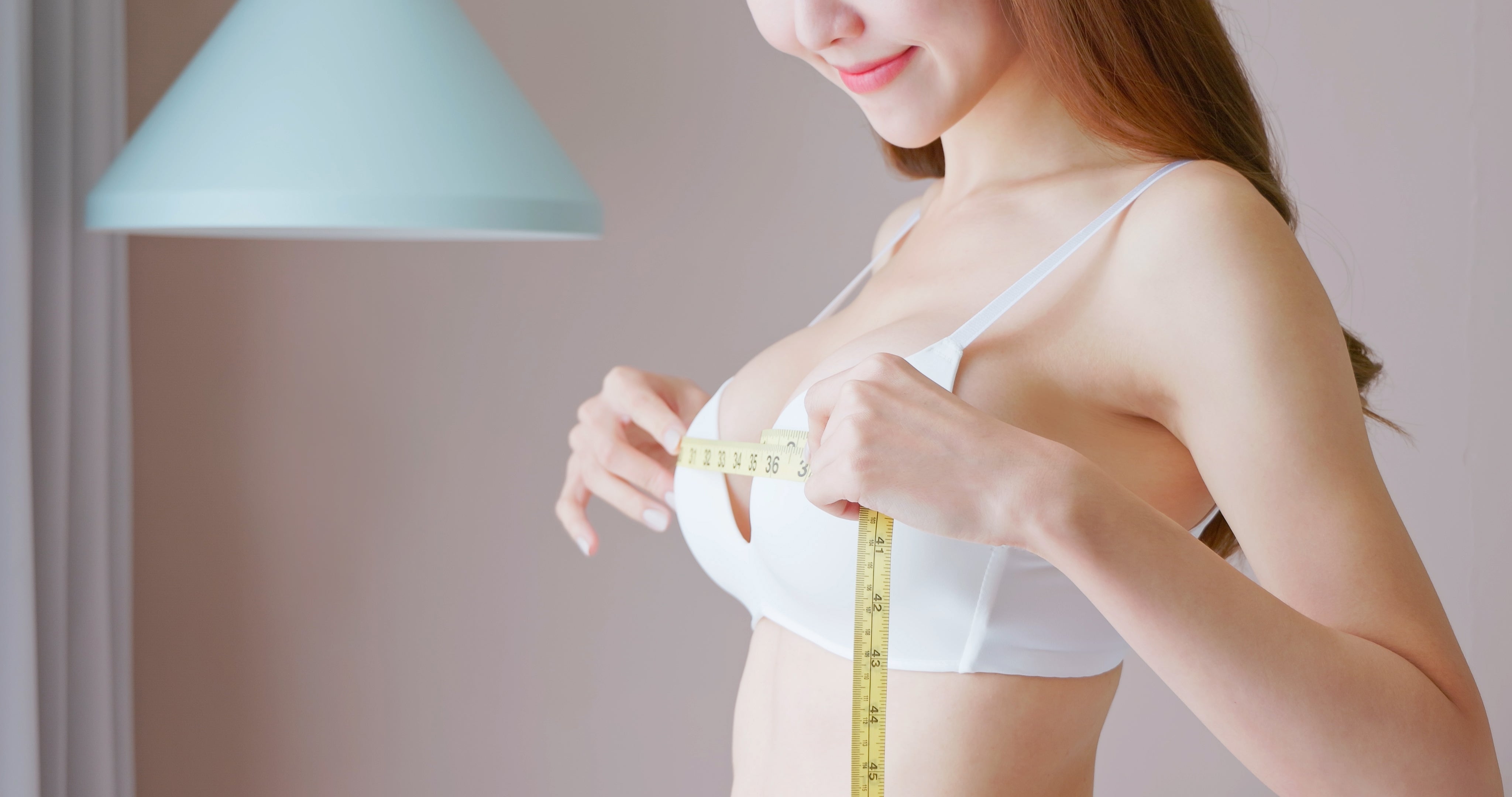购物车 (0)
您的购物车当前是空的。
$ 99 以上免邮费

Let’s be honest—how many of us have yanked off our bras the moment we walk through the door, desperate to breathe again? That annoying pinch, the slipping straps, the back band that rides up or digs in… it’s enough to make anyone swear off bras entirely. But here’s the truth: it’s not the bra’s fault—it’s the fit.
Wearing the wrong bra size is incredibly common. In fact, studies show that the majority of women are wearing a size that’s either too big, too small, or just all wrong for their body shape. The good news? A better fit is just a measuring tape away.
Whether you’re lounging at home, heading into a full day of work, juggling kids and errands, or simply looking for comfort you can count on—knowing your correct bra size is a game changer. This guide is here to help every woman, no matter her age, shape, or lifestyle, find that supportive sweet spot.
Bra sizing can feel confusing, but once you understand how it works, it’s actually pretty simple. There are two main components you need to get right: band size and cup size. Both matter equally when it comes to comfort and support.
This is the number portion of your bra size (e.g., the “34” in 34C). It measures the circumference around your rib cage, just under your bust. This part of the bra provides most of the support—not the straps!
This is the letter part of your bra size (like the “C” in 34C). It reflects the volume of your breasts, based on the difference between your bust and band measurements.
Think of it this way: your band is the frame of a house, and your cup is the space inside. No matter how beautifully decorated the inside is, if the frame is off, the structure won’t feel right.
No need to go to a fancy lingerie store (unless you want to!). You can measure yourself accurately at home in just a few minutes with a flexible measuring tape—or even a piece of string and a ruler.
Example: If your bust measures 37” and your band is 34”, the difference is 3”—which means you’re a 34C.
No problem! Grab a piece of string or ribbon, wrap it around your body just like you would a tape measure, and mark where it overlaps. Then lay it flat and measure the length with a ruler or standard measuring tape.
So many of us settle for bras that aren’t working for us, either out of habit or convenience. But here are a few pitfalls to watch out for—and some simple ways to correct them:
Our bodies change. Hormones, weight fluctuations, pregnancy, age, exercise (or lack thereof)—it all affects breast shape and size.
Solution: Re-measure yourself every 4–6 months, or whenever you notice your bras fitting differently.
A 34C in one brand might feel completely different in another. Bra sizing isn’t always standardized across labels.
Solution: Always check the size guide of the brand you're buying from and consider customer reviews for fit tips.
Just because the bra closes doesn’t mean it fits. A quick mirror check can tell you everything:
One of our favorites is the Bradoria Zero-Pressure Wireless Bra. It’s designed with:
Still unsure? Try these trusted resources:
Your bra should never be a source of discomfort—it should support you in every way. A great fit can improve your posture, boost your confidence, and help you feel good in your clothes and your skin. You deserve a bra that works as hard as you do.
So next time you reach for the one in your drawer that’s “close enough,” pause for a second. Grab a tape measure, follow the steps above, and treat yourself to a bra that actually fits.
Your body will thank you.
You have no items in wishlist.
| 标题 |
|---|
| 价格 |
| 添加到购物车 |
| 类型 |
| 品牌 |
| 标题 |
|---|
| 价格 |
| 添加到购物车 |
| 类型 |
| 品牌 |
